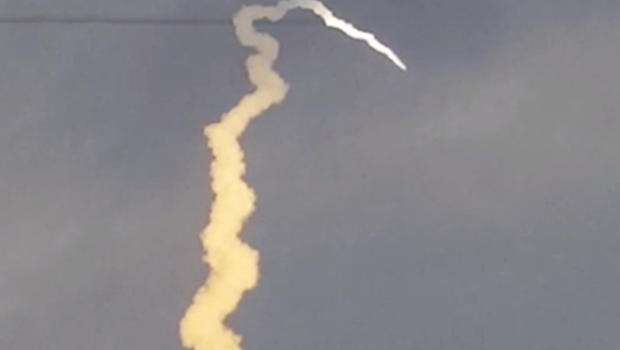An unmanned Super Strypi rocket launched by the U.S. Air Force in Hawaii lasted only a minute in the air before nosediving back to the ground. It was the first ever test launch of the rocket as well as the first ever rocket launch from the Hawaiian Islands.
The Super Strypi was first developed during the Cold War to help test launch nuclear missiles. Now it’s used to propel lightweight, small objects into space. During the test conducted on Nov. 3, the rocket was carrying 13 small communication satellites for the Department of Defense. It was the DoD’s hope that it could send satellites into space using cheaper equipment and shorter planning times.
If the rocket worked, it would only cost the DoD $15 million to launch the Super Strypi each time, a huge markdown from the $225 million it currently spends to launch the Atlas V.
Unfortunately, not a single one of those tests satellites left the atmosphere. The Super Strypi spiraled to the ground after it launched, leaving behind a jagged trail of exhaust in its wake.




































